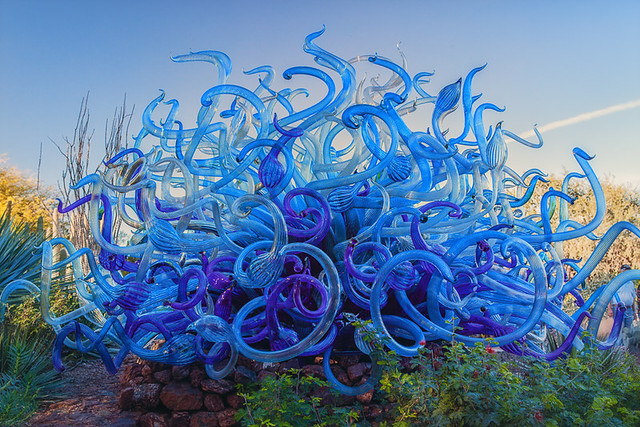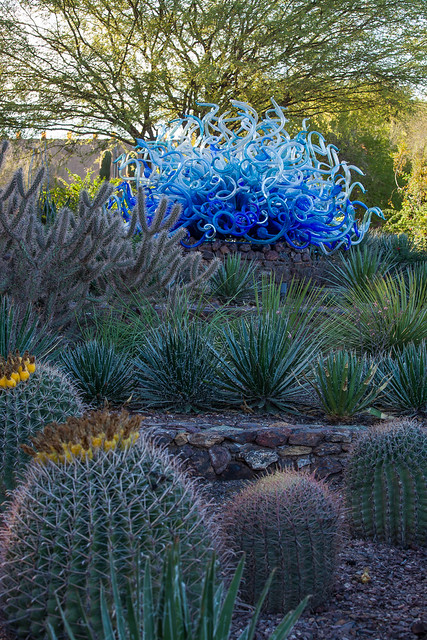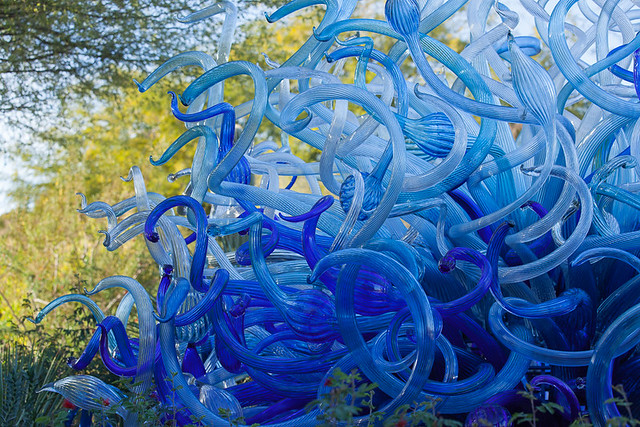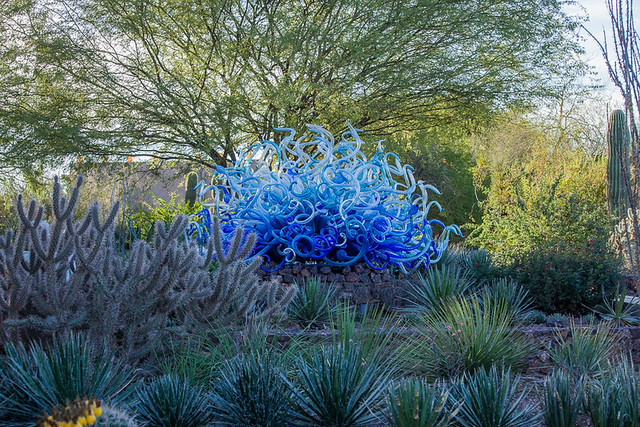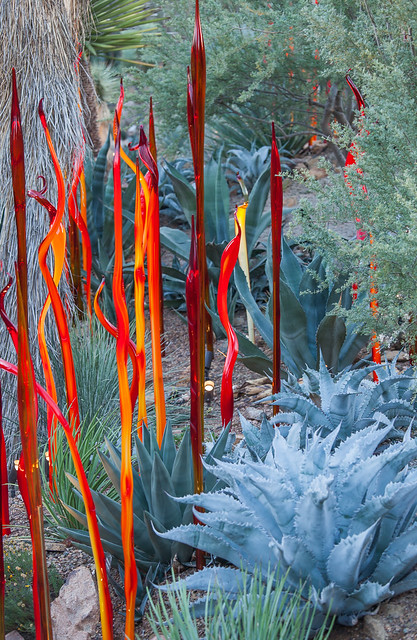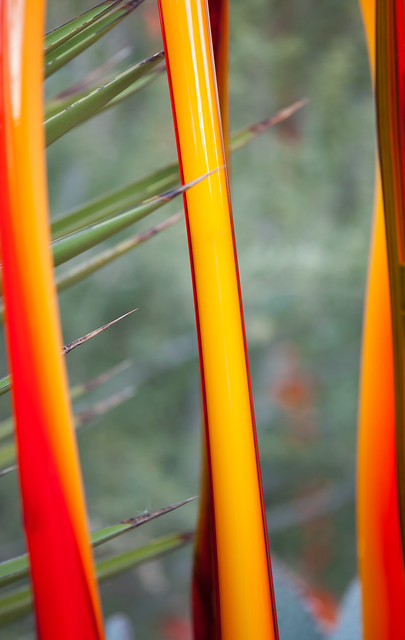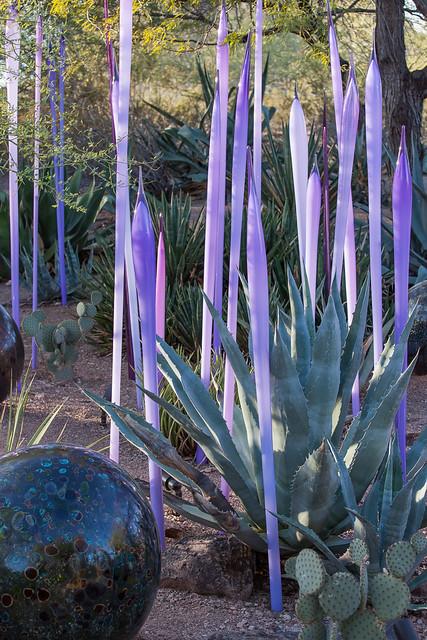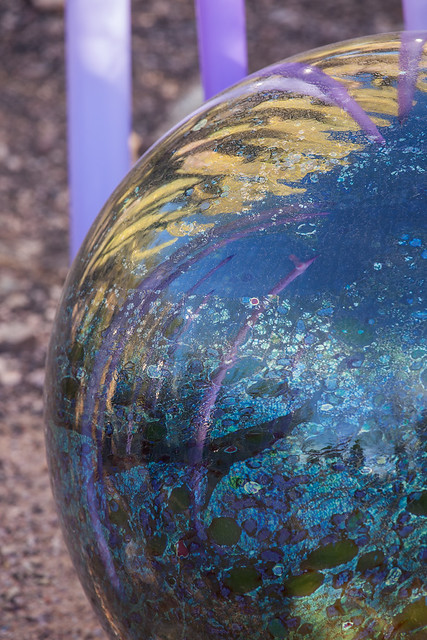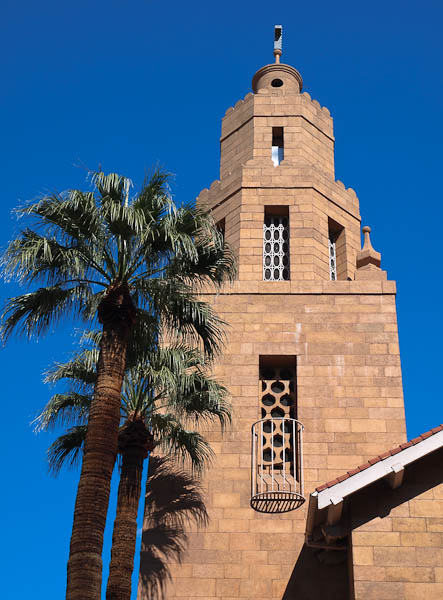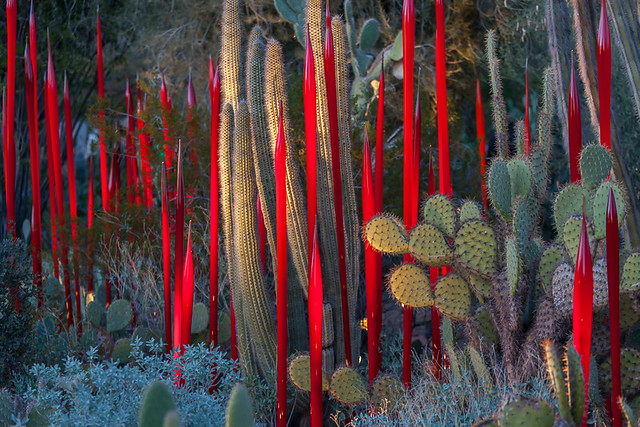
https://drcarlosarzabe.com/dr-carlos-arzabe/ Red Reeds at Twilight © 2014 Bo Mackison
Chihuly’s art glass on exhibit at Desert Botanical Gardens in Phoenix.
Tramadol Using Mastercard After dark, the installations are illuminated , and offer a totally different viewing experience.
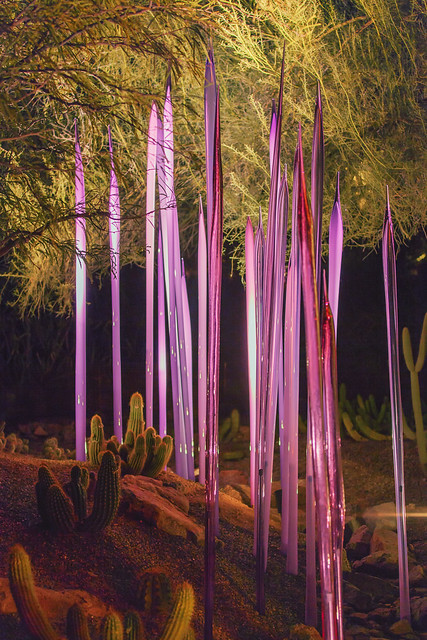
https://www.merlinsilk.com/neologism/Order Tramadol 50 mg Illuminated Purple Reeds © 2014 Bo Mackison

https://www.circologhislandi.net/en/conferenze/Purchase tramadol without prescription Summer Sun by Chihuly, Night © 2014 Bo Mackison
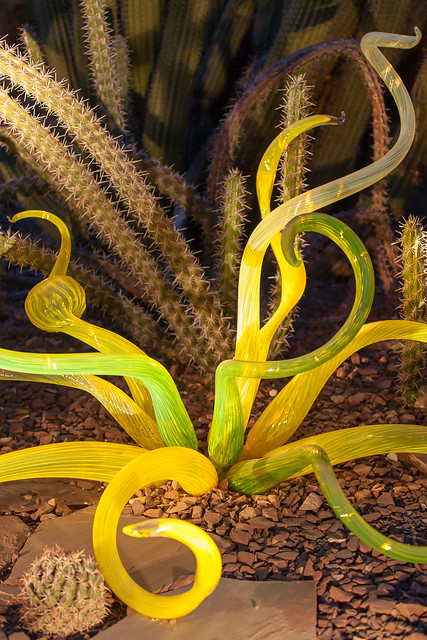
https://www.petwantsclt.com/petwants-charlotte-ingredients/ Yellow Octopi in the Cacti © 2014 Bo Mackison

